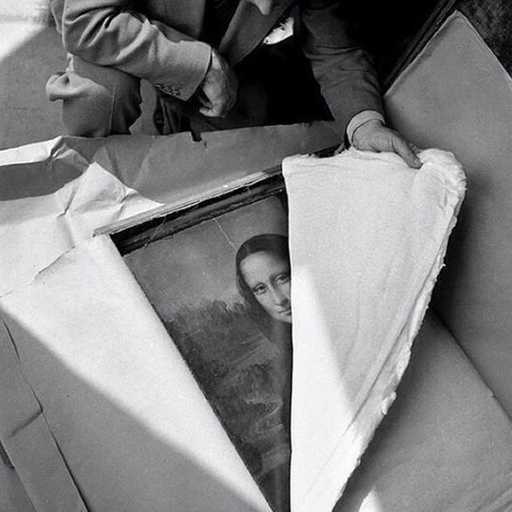
This photo was taken in Berlin, Germany in 1932 during an Anti-Nazi demonstration. -
In 1919, the “German Workers’(Nazi) Party” was formed. Among the group’s core tenets were German pride and extreme anti-Semitism. In addition to that, they expressed a great deal of animosity toward the “Treaty of Versailles.” -
After World War I, Germany was forced to sign the treaty which laid almost all of the blame of the war on their shoulders, along with a great deal of the financial debt. Because of the enormous amount of concessions and reparations they were forced to pay, the German economy collapsed, making their currency almost useless. When the Nazi party came along, they blamed Marxists and Jews for their unfortunate situation and said Germany should not be indebted to other countries. -
In 1921, Adolf Hitler took over as leader of the party, which was eventually renamed the Nationalist Socialist German Worker’s Party. Several years later, in 1929, the economic depression became even worse, and the Nazis used that to their full advantage. They began saying that it was because of poor leadership they were in that situation. Consequently, during the 1932 elections, a little over 1/3 of the German “Reichstag” (parliament) that were voted in were of the Nazi Party. -
However, as can be seen above, this did not come about without some resistance. Many Germans did not espouse the same ideologies of fascism, racism, and hatred that the Nazis represented. Unfortunately, their protests were not enough to stop the election of many of the Nazi Party or the appointment of Hitler as Chancellor in 1933 and his eventual election as President in 1934.
@historyphotographed
سفارش تبلیغات به @saebkhanzadehbot
